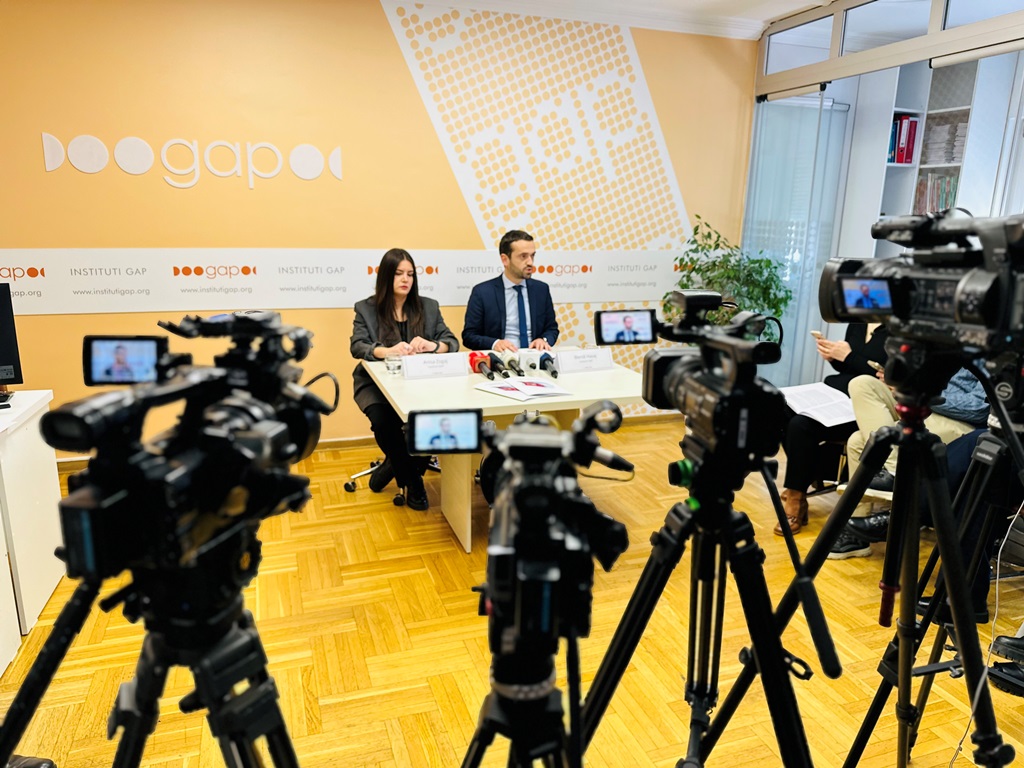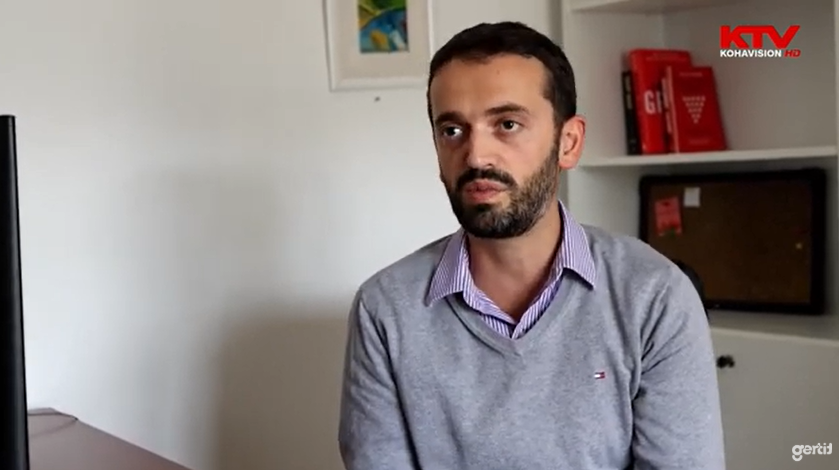GAP published the report "Propensity to emigrate from Kosovo following visa liberalization: implications for the workforce"
12/01/2024
Today, GAP Institute has published the report "Propensity to emigrate from Kosovo following visa liberalization: implications for the workforce", through which it has analyzed how the emigration of Kosovos citizens is expected to affect its labor market.
Some of the main findings of the report show that visa liberalization finds Kosovo in a different dynamic than other countries in the region at the time when they were offered free movement in the EU. In the first year after visa liberalization for other Western Balkan countries, the emigration rate was not particularly high, reaching a maximum of 2.9% of a country’s population, however, the propensity to emigrate has become much more emphasized in the entire Western Balkans after 2015. This is also accompanied by a high demand and more lenient criteria for foreign workers by EU countries.
Between 2012 and 2022, over 338 thousand citizens emigrated from Kosovo. A total of 41,553 citizens emigrated in 2022 alone and in this year the active workforce decreased by 21,571 people, while the inactive workforce also decreased by 4 14,698 people. If we do not have an activation of the inactive labor force, which is quite high, then the current replacement of the missing workforce by foreign immigrants is insufficient. In 2022, the 2,979 foreign nationals who immigrated to Kosovo for employment reasons replaced less than 14% of the active workforce who were no longer part of the labor market.
The results of the survey conducted by GAP Institute in December 2023, regarding the plans and tendency of Kosovo citizens to emigrate after visa liberalization, show that about 28% of Kosovo citizens over 18 plan to emigrate in this period. The age group under 24 is the category most likely to emigrate (33.4%).
The sectors expected to be most affected by employees’ departure in the short and medium term are the construction sector (18.7%), accommodation and food service activities (18.7%), trade (18.1%), and production (12.9%). These also represent the sectors with the highest number of employees and where employee productivity is high, but wages remain low. in these sectors a more pronounced increase in wages is expected compared to other sectors. In 2023, it is observed that wages changed in the labor market in Kosovo, where about 27.4% of respondent employees reported increases.
About 45% of respondents were formally employed in 2023 (39.3% in the private sector and 5.8% in the public sector). Economic reasons seem to prevail among other reasons to emigrate. Over 20% of people who plan to emigrate are in the income bracket of EUR 301-450, while 32.9% reported no income at all in the last month. Most citizens who plan to emigrate have completed secondary education only (57.7%).
Click here to read the full report.















